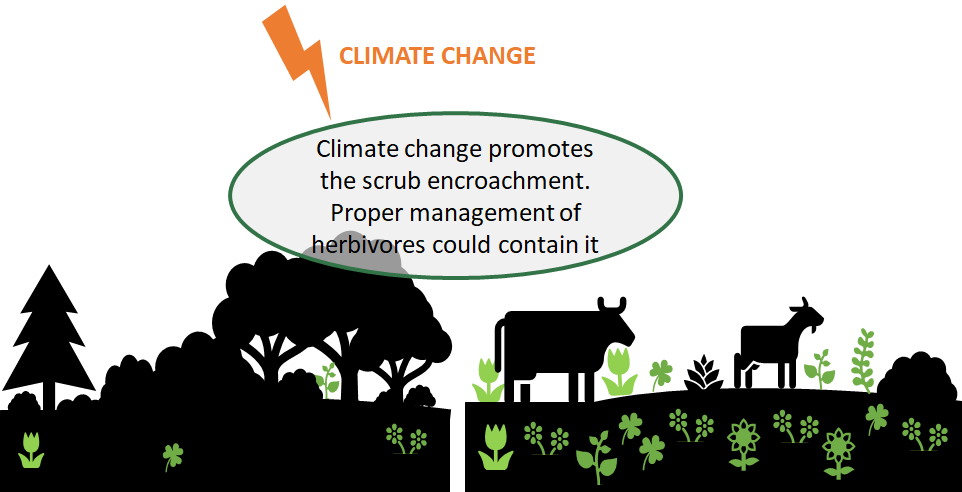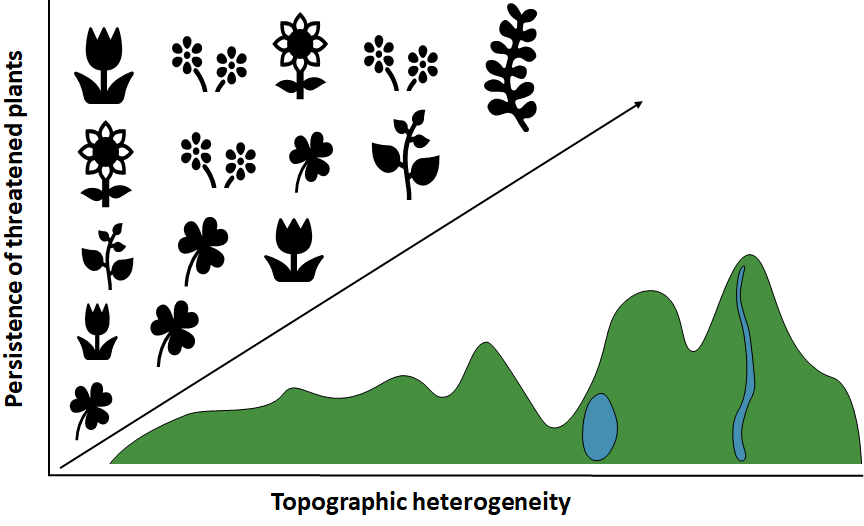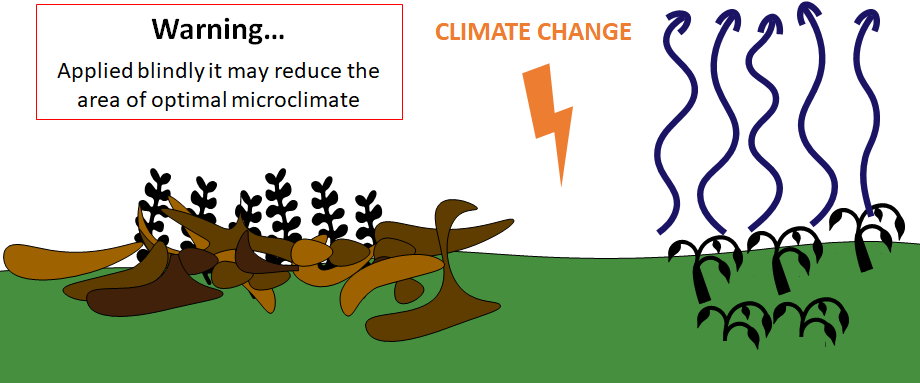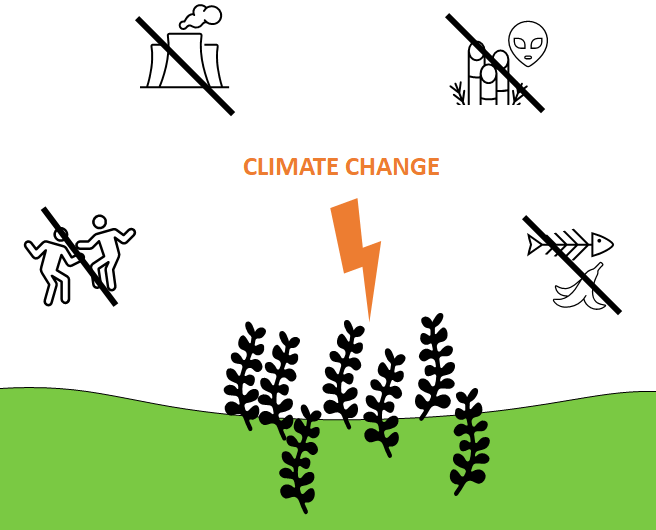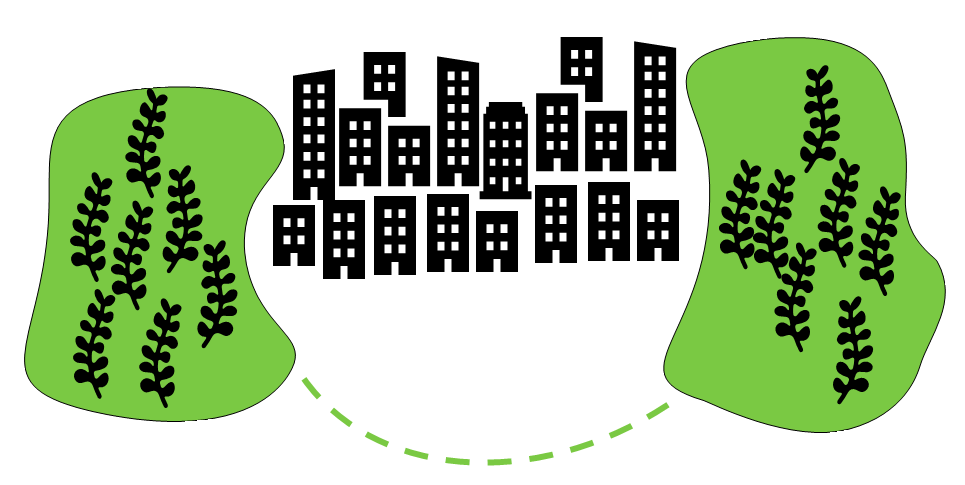Habitat management
Habitat management aims at maintaining and improving the habitats where natural processes no longer create suitable conditions for the target species
It is possible to improve the quality of the habitat and promote actions to facilitate the use of areas that may become more suitable in a context of climate change by manipulating their habitats. It can potentially be used to offset the adverse impacts on plant diversity of changes in temperature, water availability and sea‐level rise.
Which measure is best?
Habitat management measures depend on the extent and the actual change in climate and on the ecological requirements of the target species. It is very important to have a clear diagnosis of which environmental factor is responsible for the maladaptation of the CWR population to the site, and whether it is feasible to do something to mitigate the impact of this factor to improve current conditions. A careful study and planning of which technique is more appropriate to benefit the target species and to not interfere negatively with the remaining species is required.
Evidence of success of habitat interventions is generally indirect and only very few studies provide empirical tests of the long-term effectiveness of these interventions. These interventions may have a high risk of failure, may also produce unexpected outcomes and may be very expensive.
